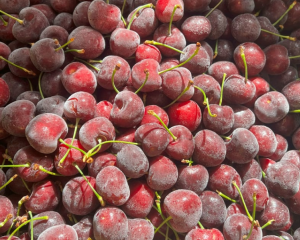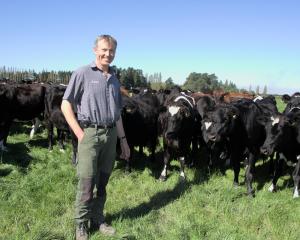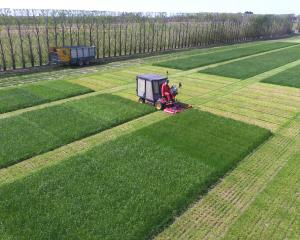The ANZ World Commodity Price Index eased 0.2% in December as stronger prices for dairy, meat and aluminium were not sufficient to offset lower returns from the forestry and horticultural sectors.
The index still finished the year up 24% year-on-year. In local currency terms, the index gained 3.1% to extend its record high, bolstered by a 2.8% reduction in the trade-weighted index.
Global shipping costs have fallen but remained volatile.
Delays at ports and limited airfreight options were expected to keep freight costs elevated throughout 2022, agri economist Susan Kilsby said.
Dairy prices gained 1.5% in December but growth is now stagnating. Skim milk powder and cheese from New Zealand were now priced a little higher than product sourced from major suppliers in the northern hemisphere.
Ms Kilsby said milk supplies remained tight globally, which would be supportive of prices and likely offset any easing of demand associated with slower economic growth in China, and the potential ramifications of the Omicron variant of Covid-19.
The meat and fibre index gained just 0.5% in December as lamb and beef prices firmed, while wool prices have retreated once more.
Wool continued to underperform, returns from coarse grade wool not sufficient to cover the cost of shearing.
Beef demand remained strong in both China and the United States — New Zealand’s two major offshore markets — as consumers searched for low-priced cuts of meat.
Demand for lamb also remained robust which, has been supportive of prices, but the seasonal increase in supply is expected to put downwards pressure on prices.
The horticulture index fell 4.6% in December as prices fell at the end of the season for the limited volumes of kiwifruit exports.
The new export season will not get under way until the late summer/early autumn.
The forestry index fell 4.9% following a similar fall the previous month.
High freight costs reduced the value of export logs which prompted a reduction in felling and more logs being supplied to local mills.
Stockpiles of logs in China were now being worked through, which was expected to eventually prompt additional demand, but activity was expected to remain muted until after the Chinese New Year, Ms Kilsby said.
Aluminium prices rose 2.5% in December.
Global aluminium inventories were falling as production was not keeping up with demand. Aluminium production had been compromised in both Europe and China by expensive electricity and coal prices.
Stocks of aluminium in warehouses approved by the London Metal Exchange had halved since March, she said.













